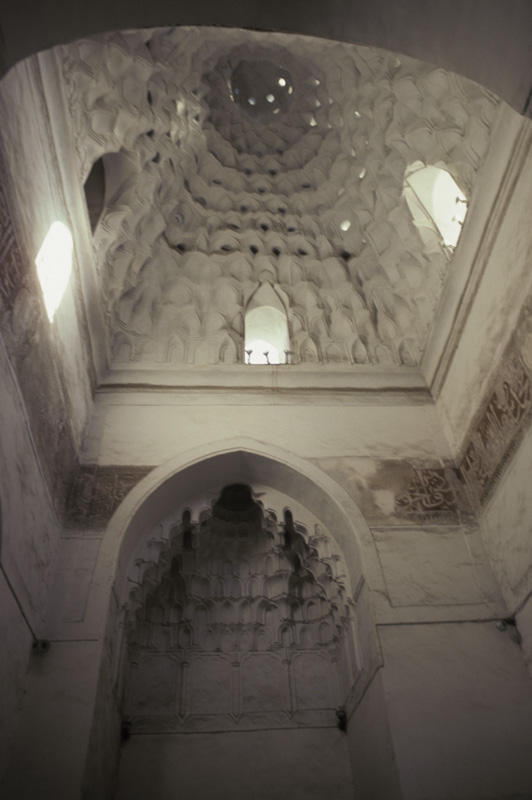
However his pioneering contribution to the understanding of circulatory anatomy and physiologyof the pulmonary circulation was not discovered by historians of medicine until an Egyptian physician Muhyi al-Din al-Tatawitranslated one of his manuscripts: ‘Sharh Tashrih al-Qanun: A Commentary on the Anatomy of Ibn Sînâ’ into German. He is reportedto have initially worked as a physician in Damascus, where he graduated from the Medical School and but later on moved to Cairo(4), where he spent the major part of his life.Because of his numerous contributions to the field of medicine, he was well known throughout the Islamic world, during his lifetimeand after his death (in 1288). He was given the well-earned title of ‘the second Ibn Sînâ’. Baybarsappointed him as the Chief of Physicians and gave him authority over all the physicians of Egypt (3).Ibn Nafîs was not only a practicing physician but like most physicians of his time he was learned in theology, philosophy, linguistics,grammar and jurisprudence of the Shâfi`î school.
#DAMASCUS HOSPITAL NUR AL DIN 1154 FULL#
NAGAMIA MD, FRCS (Eng & Edin)** Chairman, International Institute of Islamic Medicine, Past President, Islamic Medical Association of North America Past Editor inChief, Journal of Islamic Medical Association Consultant Cardiac Surgeon, Cardiac Institute of Florida and Tampa General Hospital,Clinical Assistant Professor of Surgery, University of South Florida Medical School - Tampa, Florida, USASummaryIbn Nafîs whose full name is recorded as: ‘Alâ’ al-dîn Abû’l-Hasan ‘Alî ibn Abi’l-Hazm ibn al- Nafîs al-Qurashî al-Misrî al-Shâfi`î al-Dimashqî’ (1) was a private physician to the ruler of Egypt, Al-Zahir Baybars al-Banduqdari (1260-1277) (2).


Ibn al-NafîsA Biographical Sketch of the Discovererof Pulmonary and Coronary CirculationHusain F.


 0 kommentar(er)
0 kommentar(er)
